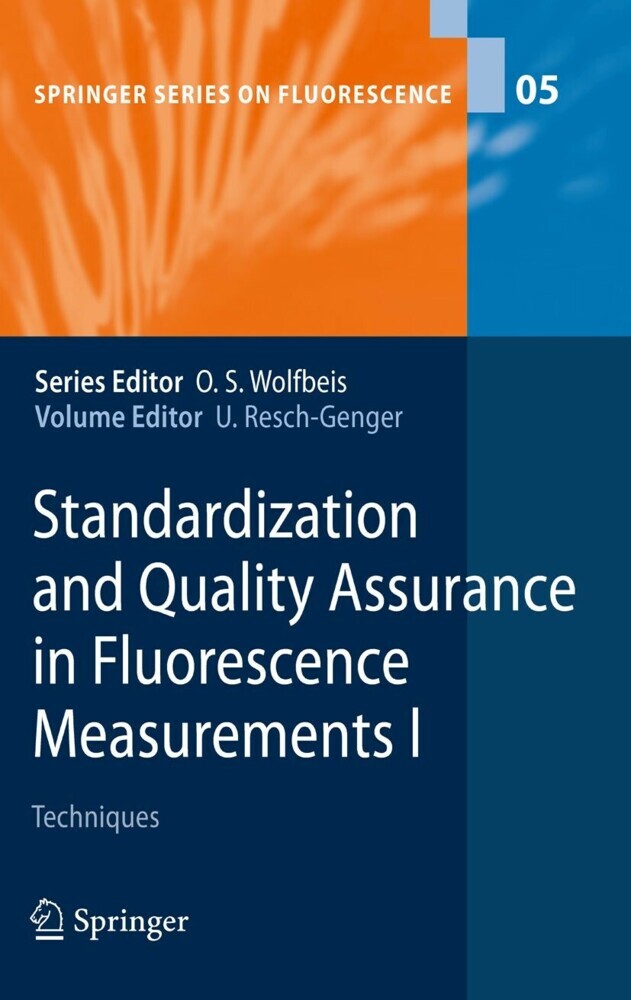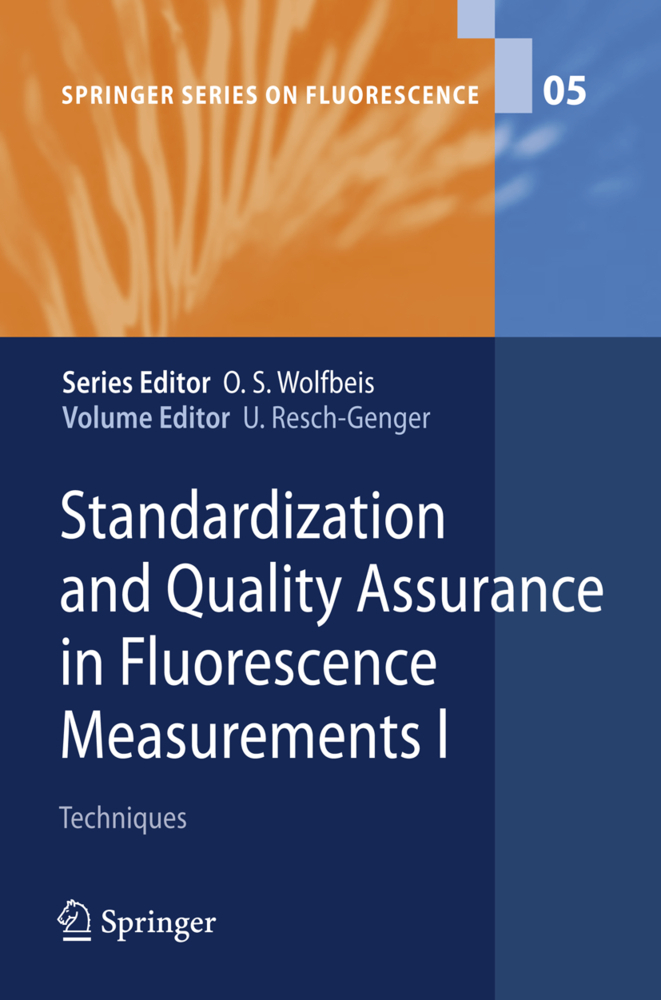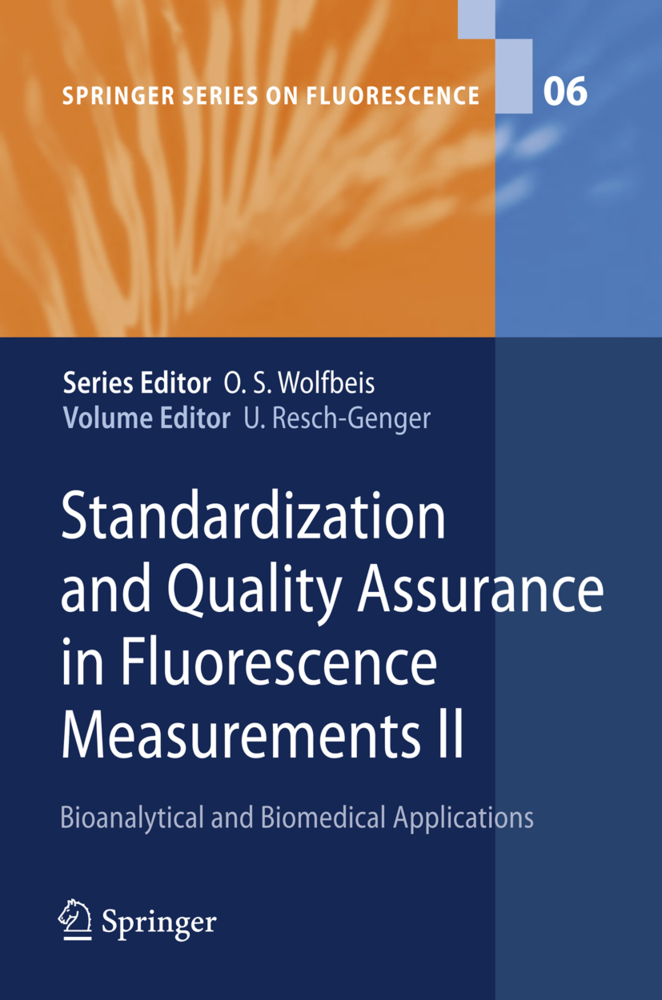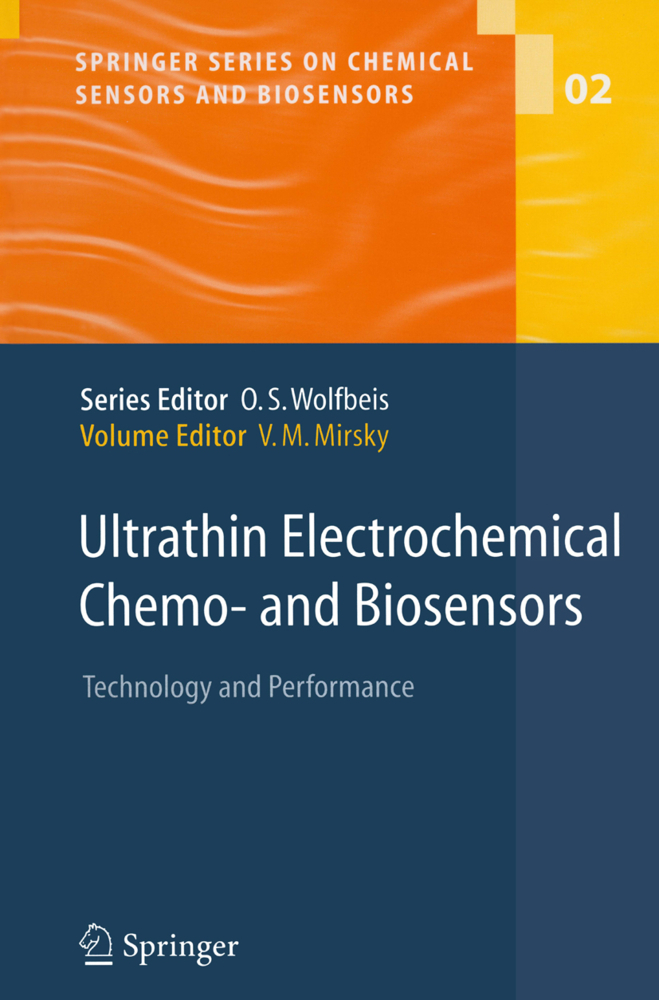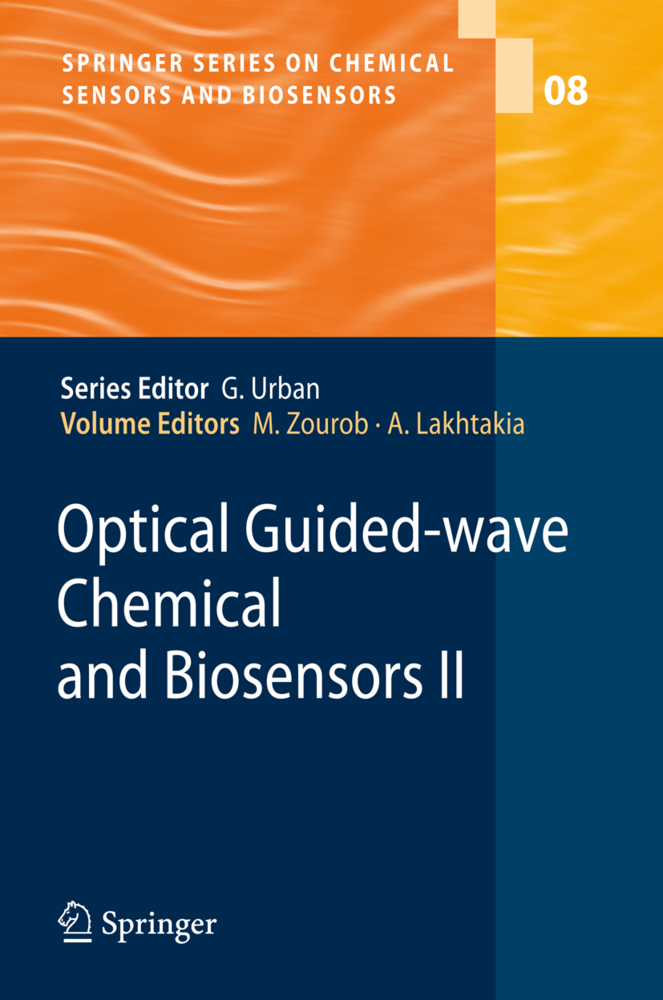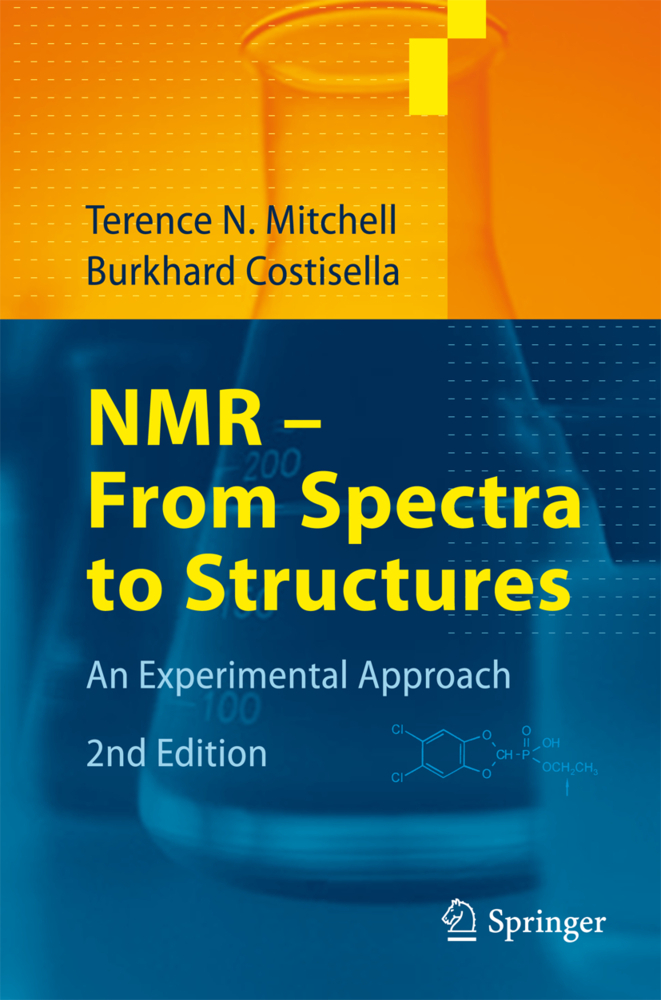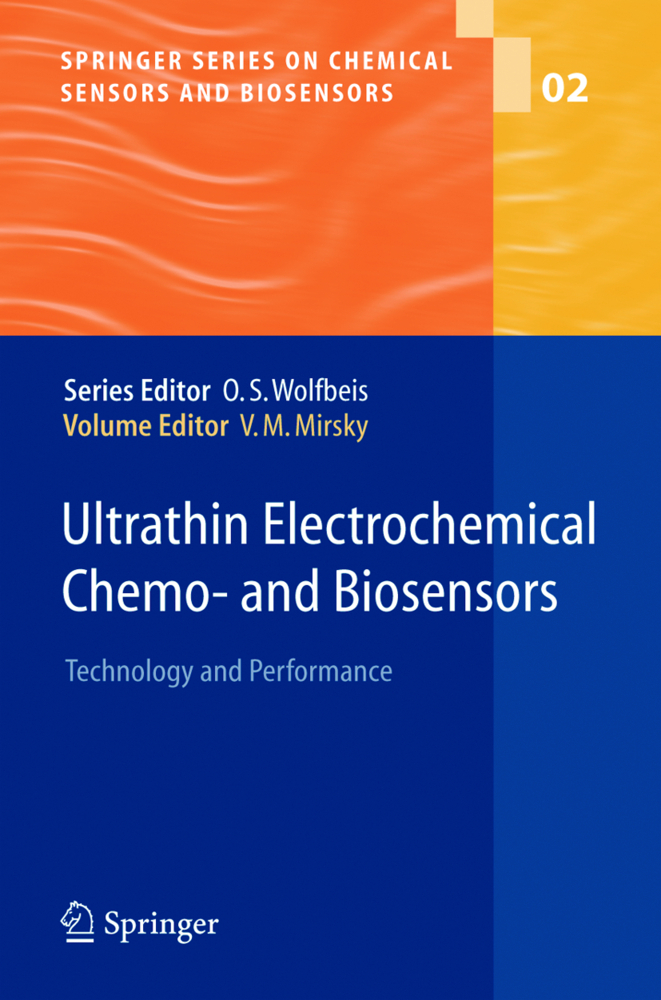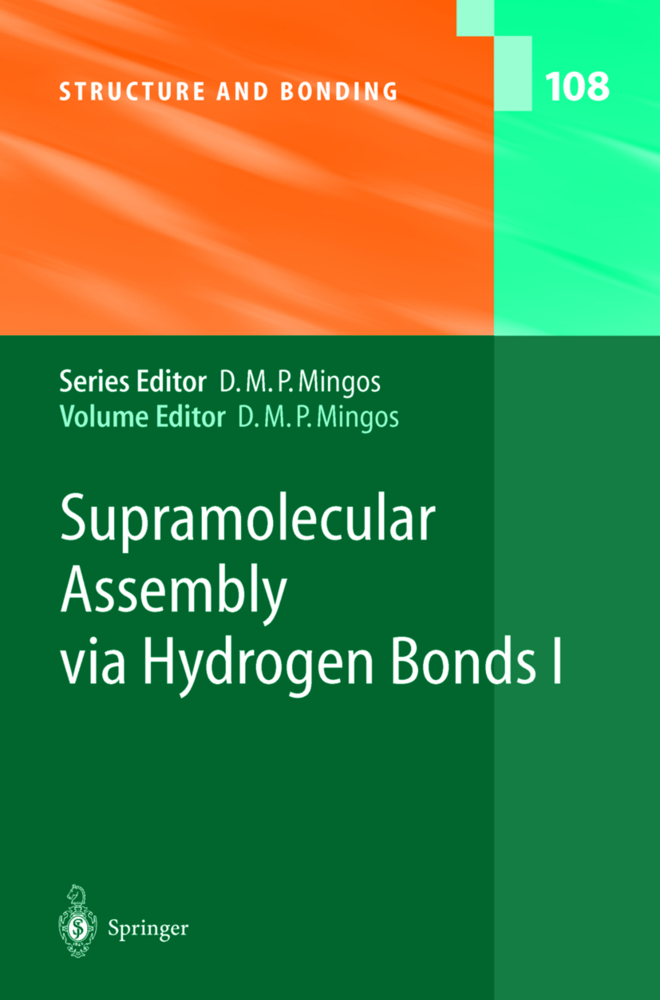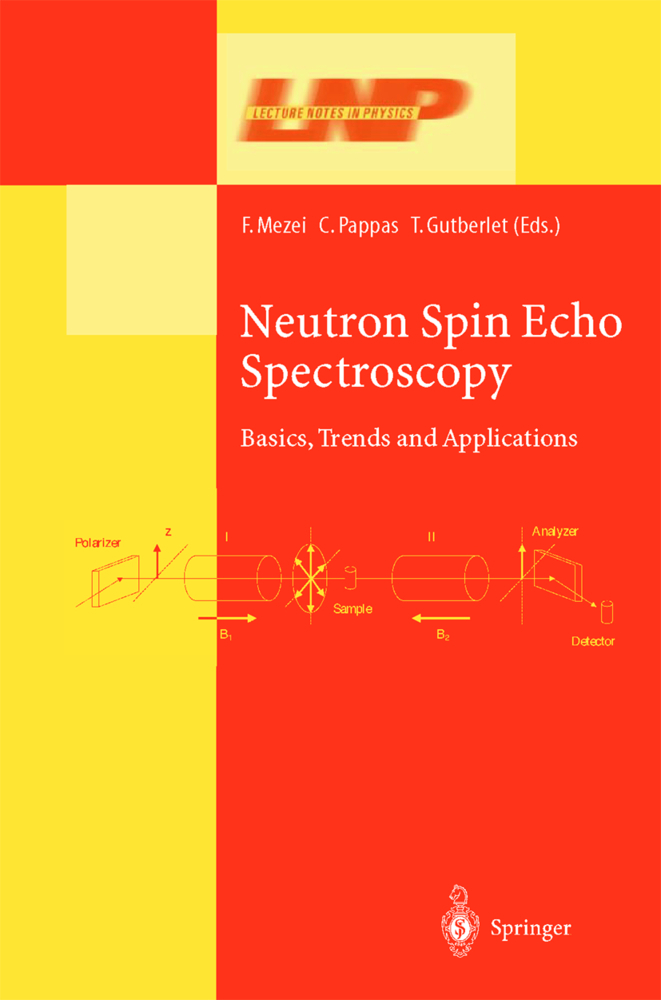Standardization and Quality Assurance in Fluorescence Measurements I
Techniques
Analytical chemists and materials scientists will find this a useful addition to their armory. The contributors have sought to highlight the present state of affairs in the validation and quality assurance of fluorescence measurements, as well as the need for future standards. Methods included range from steady-state fluorometry and microfluorometry, microscopy, and micro-array technology, to time-resolved fluorescence and fluorescence depolarization imaging techniques.
Linking Fluorometry to Radiometry: Traceability and Physical and Fluorescence Standards
Fluorescence Quantum Yield: Traceability, Methods of Determination and Standards
Long Wavelength and Near-IR Fluorescence: the State-of-the-Art and the Need for Standards
Surface Fluorescence: The Only Standardized Method of Measuring Luminescence
Time Resolved Fluorometry: Typical Methods, Challenges, Applications and Standards
Practical Time-Resolved Fluorescence Spectroscopy: Avoiding Artifacts and Using Lifetime Standards
Evaluation of Time Resolved Fluorescence Data: Typical Methods and Problems
Time Resolved Fluorescence: Novel Technical Solutions and Future Need for Standards
Fluorescence Depolarization Techniques in Materials Sciences
Fluorescence Polarization Techniques: Applications, Pitfalls and Future Trends
Introduction: Classification of Chemical Sensing
Fiber-Optic and Nanoparticle-Based Fluorescence Sensing: Pitfalls, Self- Referencing, Application, and Future Trends
Intrinsically Referenced Fluorometric Detection Schemes: Advantages and Applications
TIRF Sensing, Quality Assurance and Application to Water Analysis
Fluorescence Sensing and Imaging Using PSPs and TSPs
Introduction to Fluorescence Microscopy: Methods and Instrumentation, Quality Assurance and Standards
Need for Standardization of Fluorescence Measurements from the Instrument Manufacturer s View
Approaches to the Characterization of Fluorescence Microscopes
Quantification in Fluorescence Microscopy
Confocal Spectral Imaging Systems: Instrument Characterization and Comparability of Data
Fluorescence Lifetime Imaging: Quality Assurance and Standards
State-of-the-Art and Novel Trends in Fluorescence Correlation Spectroscopy
Single Molecule Spectroscopy: Instrumentation and Multiparameter Detection
DNA-Microarrays: Applications, Future Trends, and Need for Standardization
Comparability of Microarray Experiments from the Instrument and the Sample Site and Approaches Towards Standardization
Microarray Technology: Unresolved Issues and Future Challenges from the Regulator s View
Protein Microarrays and Fluorescence Detection: Applications and Limitations
Flow Cytometry: Instrumentation, Applications, Future Trends and Limitations
Flow Cytometry Quality Assurance
Approaches to Quantification in Flow Cytometry
Immunoassays: Basic Concepts, Physical Chemistry and Validation
Time-Resolved Fluorescence Immunofluorometric Assays: Instrumentation, Applications, Unresolved Issues and Future Trends
Particle-Based Assays: Applications and Unresolved Issues
Recent Advances in Fluorescence Enzyme Detection Methods
Quantitative PCR: Applications, PitFalls and Unresolved Issues
High Throughput, Quantitive Measurements In Fluorescence In Situ Hybridization and Immunohistochemistry: Standards, Technology and Applications
Fluorescence Analysis of Actinides: Instrumentation, Applications, Quantification, Future Trends and Quality Assurance
Fluorescence Technologies in Biomedical Diagnostics: Instrumentation, Applications and Unresolved Issues
In vivo Fluorescence Imaging: Applications, Future Trends & Approaches to Standardization
Need for Standardization of Fluorescence Measurements from the Regulator s View
Need for and Metrological Approaches towards Standardization of Fluorescence Measurements from the View of National Metrological InstitutesLinking Fluorometry to Radiometry: Traceability and Physical and Fluorescence Standards
Fluorescence Quantum Yield: Traceability, Methods of Determination and Standards
Long Wavelength and Near-IR Fluorescence: the State-of-the-Art and the Need for Standards
Surface Fluorescence: The Only Standardized Method of Measuring Luminescence
Time Resolved Fluorometry: Typical Methods, Challenges, Applications and Standards
Practical Time-Resolved Fluorescence Spectroscopy: Avoiding Artifacts and Using Lifetime Standards
Evaluation of Time Resolved Fluorescence Data: Typical Methods and Problems
Time Resolved Fluorescence: Novel Technical Solutions and Future Need for Standards
Fluorescence Depolarization Techniques in Materials Sciences
Fluorescence Polarization Techniques: Applications, Pitfalls and Future Trends
Introduction: Classification of Chemical Sensing
Fiber-Optic and Nanoparticle-Based Fluorescence Sensing: Pitfalls, Self- Referencing, Application, and Future Trends
Intrinsically Referenced Fluorometric Detection Schemes: Advantages and Applications
TIRF Sensing, Quality Assurance and Application to Water Analysis
Fluorescence Sensing and Imaging Using PSPs and TSPs
Introduction to Fluorescence Microscopy: Methods and Instrumentation, Quality Assurance and Standards
Need for Standardization of Fluorescence Measurements from the Instrument Manufacturer s View
Approaches to the Characterization of Fluorescence Microscopes
Quantification in Fluorescence Microscopy
Confocal Spectral Imaging Systems: Instrument Characterization and Comparability of Data
Fluorescence Lifetime Imaging: Quality Assurance and Standards
State-of-the-Art and Novel Trends in Fluorescence Correlation Spectroscopy
Single Molecule Spectroscopy: Instrumentation and Multiparameter Detection
DNA-Microarrays: Applications, Future Trends, and Need for Standardization
Comparability of Microarray Experiments from the Instrument and the Sample Site and Approaches Towards Standardization
Microarray Technology: Unresolved Issues and Future Challenges from the Regulator s View
Protein Microarrays and Fluorescence Detection: Applications and Limitations
Flow Cytometry: Instrumentation, Applications, Future Trends and Limitations
Flow Cytometry Quality Assurance
Approaches to Quantification in Flow Cytometry
Immunoassays: Basic Concepts, Physical Chemistry and Validation
Time-Resolved Fluorescence Immunofluorometric Assays: Instrumentation, Applications, Unresolved Issues and Future Trends
Particle-Based Assays: Applications and Unresolved Issues
Recent Advances in Fluorescence Enzyme Detection Methods
Quantitative PCR: Applications, PitFalls and Unresolved Issues
High Throughput, Quantitive Measurements In Fluorescence In Situ Hybridization and Immunohistochemistry: Standards, Technology and Applications
Fluorescence Analysis of Actinides: Instrumentation, Applications, Quantification, Future Trends and Quality Assurance
Fluorescence Technologies in Biomedical Diagnostics: Instrumentation, Applications and Unresolved Issues
In vivo Fluorescence Imaging: Applications, Future Trends & Approaches to Standardization
Resch-Genger, Ute
| ISBN | 9783540752073 |
|---|---|
| Artikelnummer | 9783540752073 |
| Medientyp | E-Book - PDF |
| Auflage | 2. Aufl. |
| Copyrightjahr | 2008 |
| Verlag | Springer-Verlag |
| Umfang | 496 Seiten |
| Sprache | Englisch |
| Kopierschutz | Digitales Wasserzeichen |

